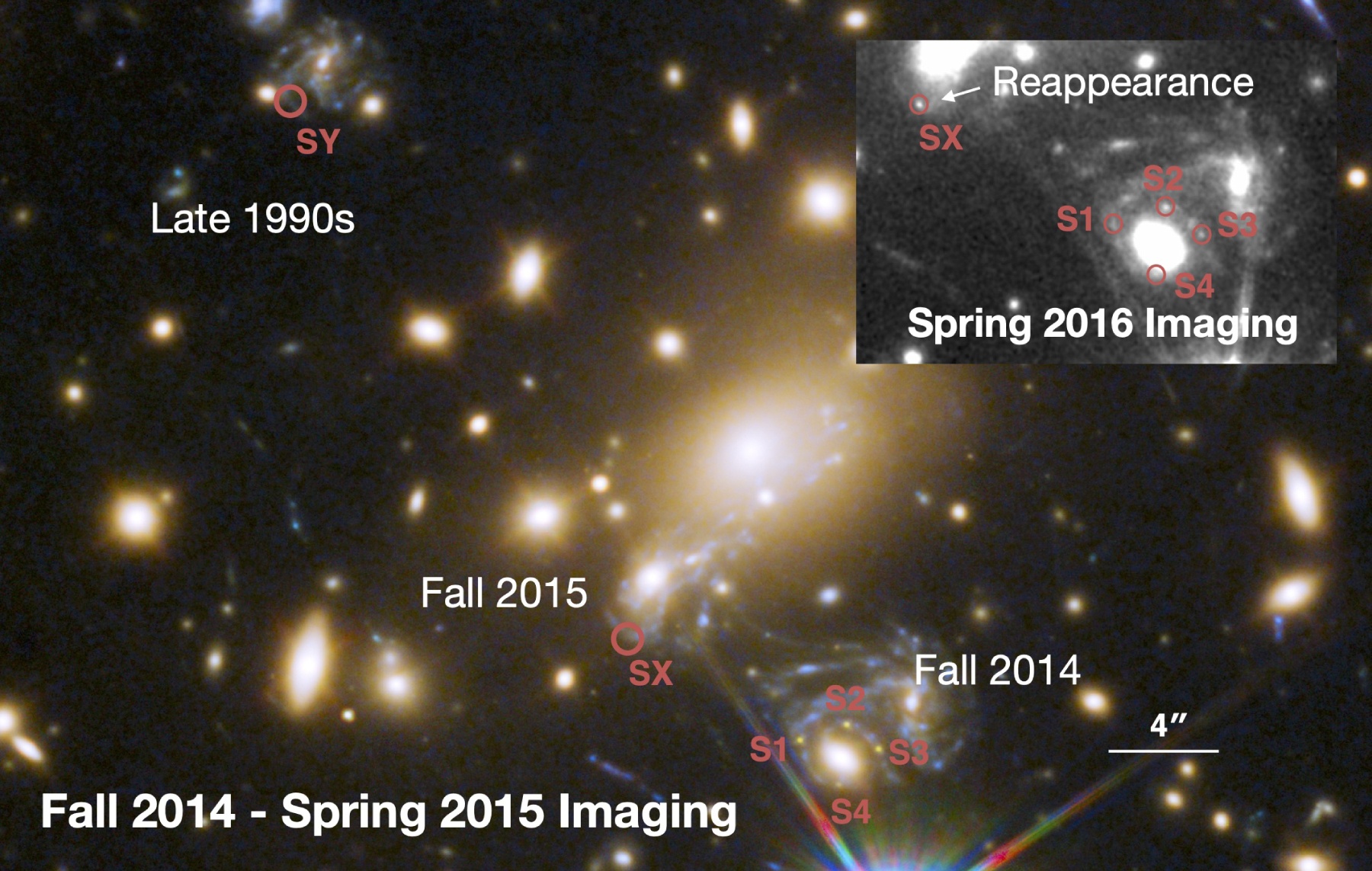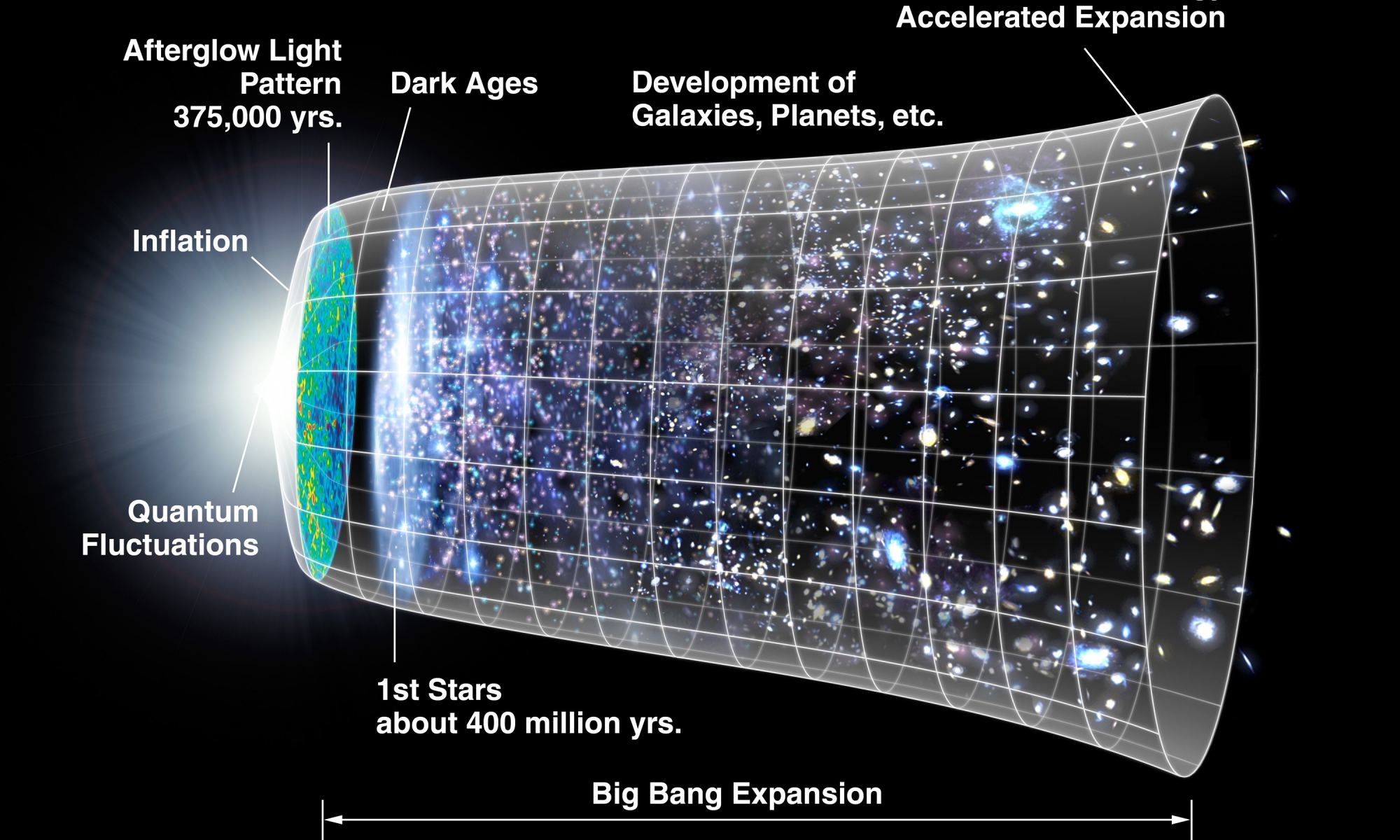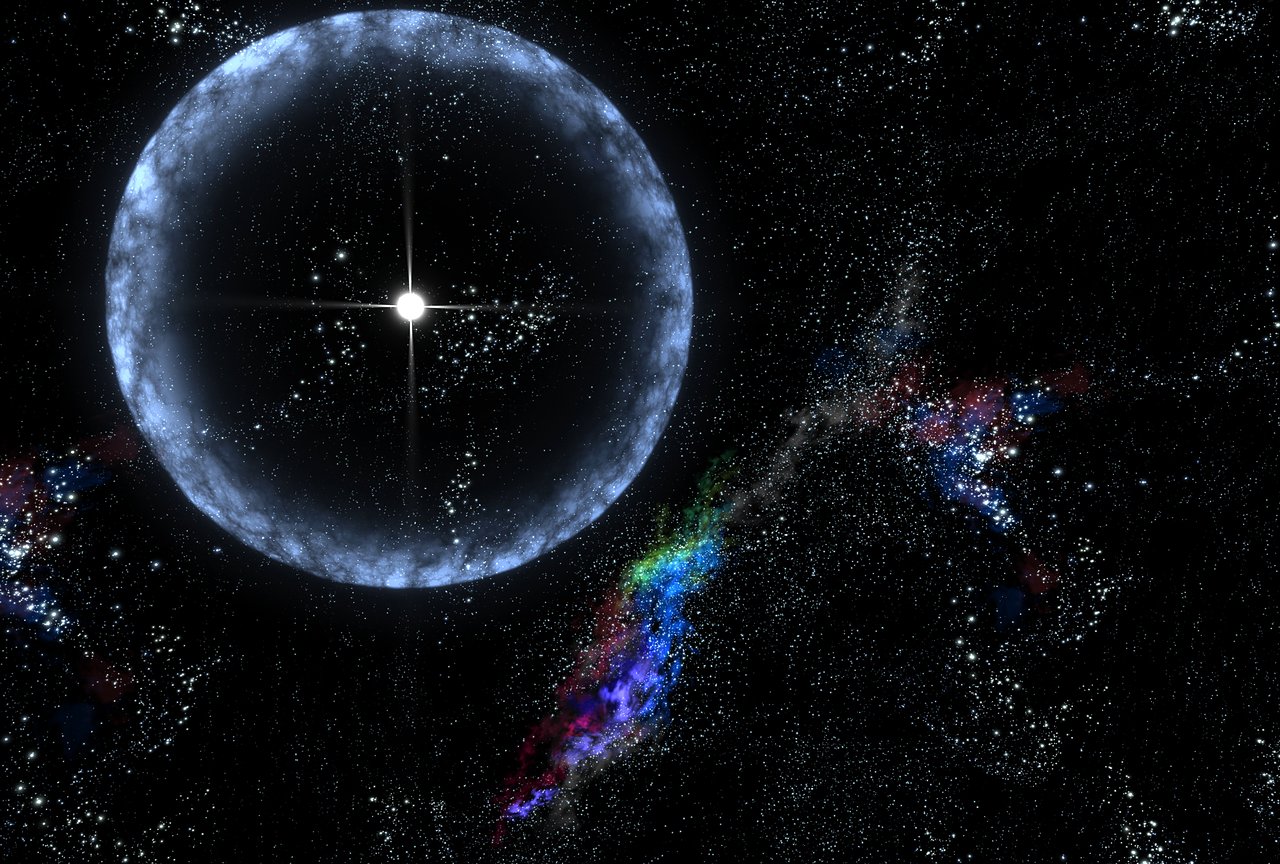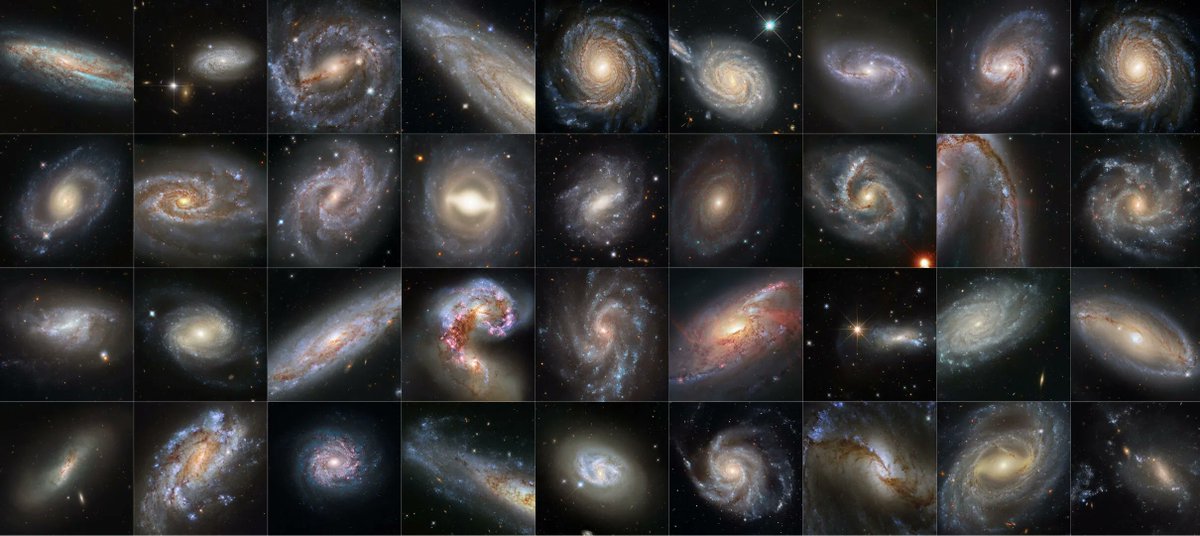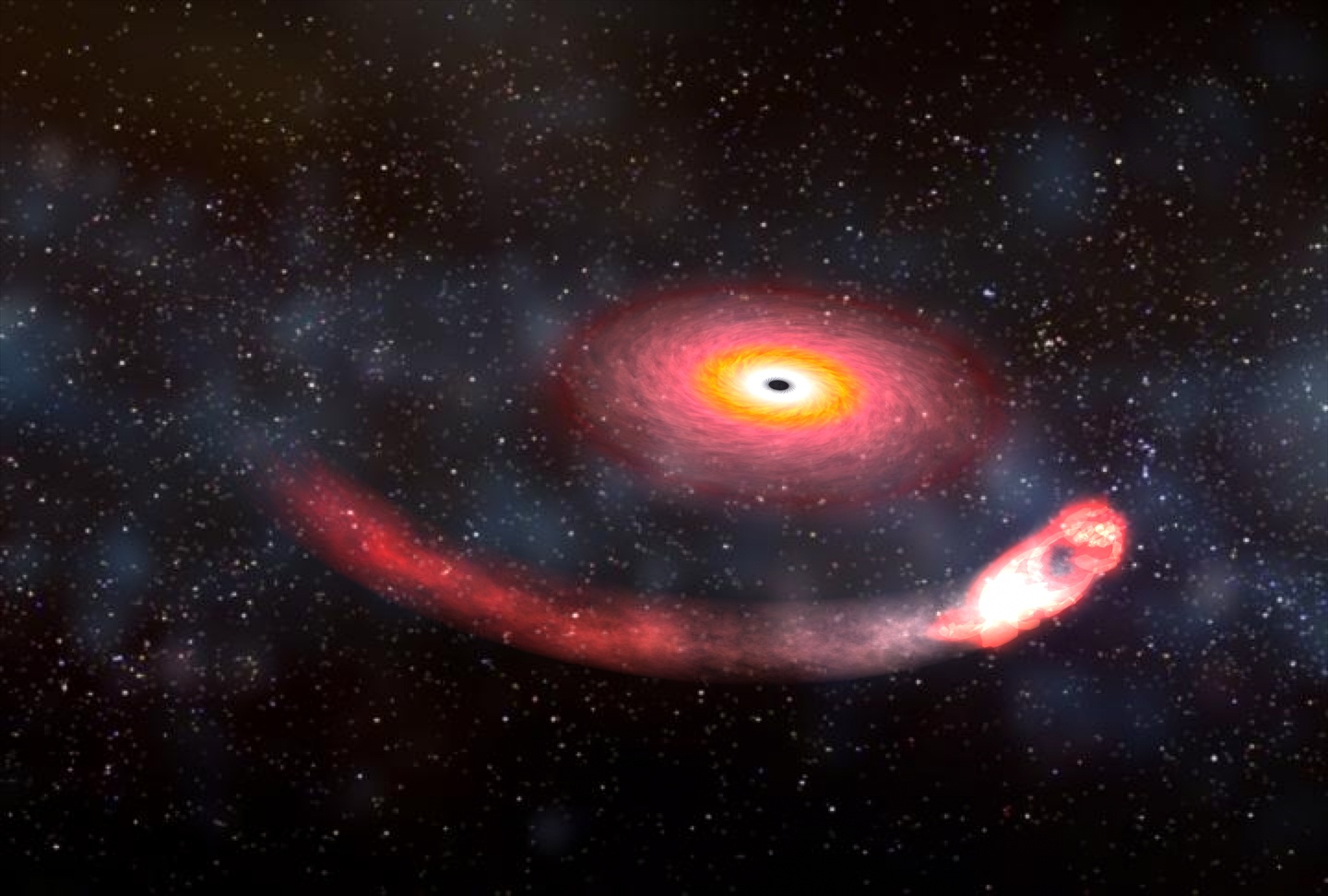The cosmos is expanding at an ever-increasing rate. This cosmic acceleration is caused by dark energy, and it is a central aspect of the evolution of our universe. The rate of cosmic expansion can be expressed by a cosmological constant, commonly known as the Hubble constant, or Hubble parameter. But while astronomers generally agree this Hubble parameter exists, there is some disagreement as to its value.
Continue reading “Astronomers Have a New Way to Measure the Expansion of the Universe”Could a Dark Energy Phase Change Relieve the Hubble Tension?

According to the most widely-accepted cosmological theories, the Universe began roughly 13.8 billion years ago in a massive explosion known as the Big Bang. Ever since then, the Universe has been in a constant state of expansion, what astrophysicists know as the Hubble Constant. For decades, astronomers have attempted to measure the rate of expansion, which has traditionally been done in two ways. One consists of measuring expansion locally using variable stars and supernovae, while the other involves cosmological models and redshift measurements of the Cosmic Microwave Background (CMB).
Unfortunately, these two methods have produced different values over the past decade, giving rise to what is known as the Hubble Tension. To resolve this discrepancy, astronomers believe that some additional force (like “Early Dark Energy“) may have been present during the early Universe that we haven’t accounted for yet. According to a team of particle physicists, the Hubble Tension could be resolved by a “New Early Dark Energy” (NEDE) in the early Universe. This energy, they argue, would have experienced a phase transition as the Universe began to expand, then disappeared.
Continue reading “Could a Dark Energy Phase Change Relieve the Hubble Tension?”“Early Dark Energy” Could Explain the Crisis in Cosmology
In 1916, Einstein finished his Theory of General Relativity, which describes how gravitational forces alter the curvature of spacetime. Among other things, this theory predicted that the Universe is expanding, which was confirmed by the observations of Edwin Hubble in 1929. Since then, astronomers have looked farther into space (and hence, back in time) to measure how fast the Universe is expanding – aka. the Hubble Constant. These measurements have become increasingly accurate thanks to the discovery of the Cosmic Microwave Background (CMB) and observatories like the Hubble Space Telescope.
Astronomers have traditionally done this in two ways: directly measuring it locally (using variable stars and supernovae) and indirectly based on redshift measurements of the CMB and cosmological models. Unfortunately, these two methods have produced different values over the past decade. As a result, astronomers have been looking for a possible solution to this problem, known as the “Hubble Tension.” According to a new paper by a team of astrophysicists, the existence of “Early Dark Energy” may be the solution cosmologists have been looking for.
Continue reading ““Early Dark Energy” Could Explain the Crisis in Cosmology”Astronomers Chart the Influence of Dark Matter and Dark Energy on the Universe by Measuring Over 1,500 Supernovae
In 2011, the Nobel Prize in physics was awarded to Perlmutter, Schmidt, and Reiss for their discovery that the universe is not just expanding, it is accelerating. The work supported the idea of a universe filled with dark energy and dark matter, and it was based on observations of distant supernovae. Particularly, Type Ia supernovae, which have consistent light curves we can use as standard candles to measure cosmic distances. Now a new study of more than 1,500 supernovae confirms dark energy and dark matter, but also raises questions about our cosmological models.
Continue reading “Astronomers Chart the Influence of Dark Matter and Dark Energy on the Universe by Measuring Over 1,500 Supernovae”Supernovae Were Discovered in all These Galaxies
The Hubble space telescope has provided some of the most spectacular astronomical pictures ever taken. Some of them have even been used to confirm the value of another Hubble – the constant that determines the speed of expansion of the Universe. Now, in what Nobel laureate Adam Reiss calls Hubble’s “magnum opus,” scientists have released a series of spectacular spiral galaxies that have helped pinpoint that expansion constant – and it’s not what they expected.
Continue reading “Supernovae Were Discovered in all These Galaxies”Does a “Mirror World of Particles” Explain the Crisis in Cosmology?

The idea of a mirror universe is a common trope in science fiction. A world similar to ours where we might find our evil doppelganger or a version of us who actually asked out our high school crush. But the concept of a mirror universe has been often studied in theoretical cosmology, and as a new study shows, it might help us solve problems with the cosmological constant.
Continue reading “Does a “Mirror World of Particles” Explain the Crisis in Cosmology?”Hubble is Fully Operational Once Again
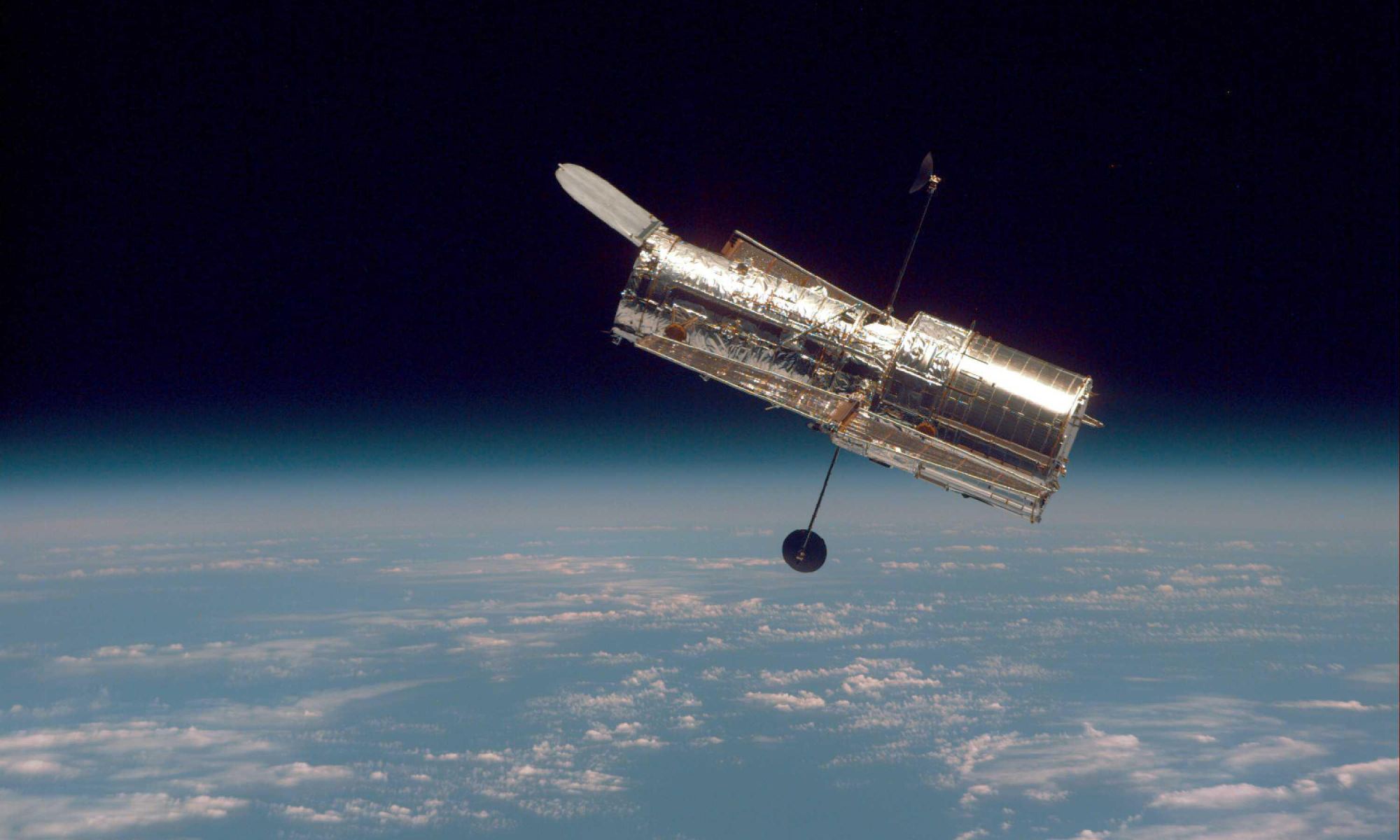
In the history of space exploration, a handful of missions have set new records for ruggedness and longevity. On Mars, the undisputed champion is the Opportunity rover, which was slated to run for 90 days but remained in operation for 15 years instead! In orbit around Mars, that honor goes to the 2001 Mars Odyssey, which is still operational 20 years after it arrived around the Red Planet.
In deep space, the title for the longest-running mission goes to the Voyager 1 probe, which has spent the past 44 years exploring the Solar System and what lies beyond. But in Earth orbit, the longevity prize goes to the Hubble Space Telescope (HST), which is once again fully operational after experiencing technical issues. With this latest restoration of operations, Hubble is well on its way to completing 32 years of service.
Continue reading “Hubble is Fully Operational Once Again”There’s a Problem With Hubble, and NASA Hasn’t Been Able to fix it yet
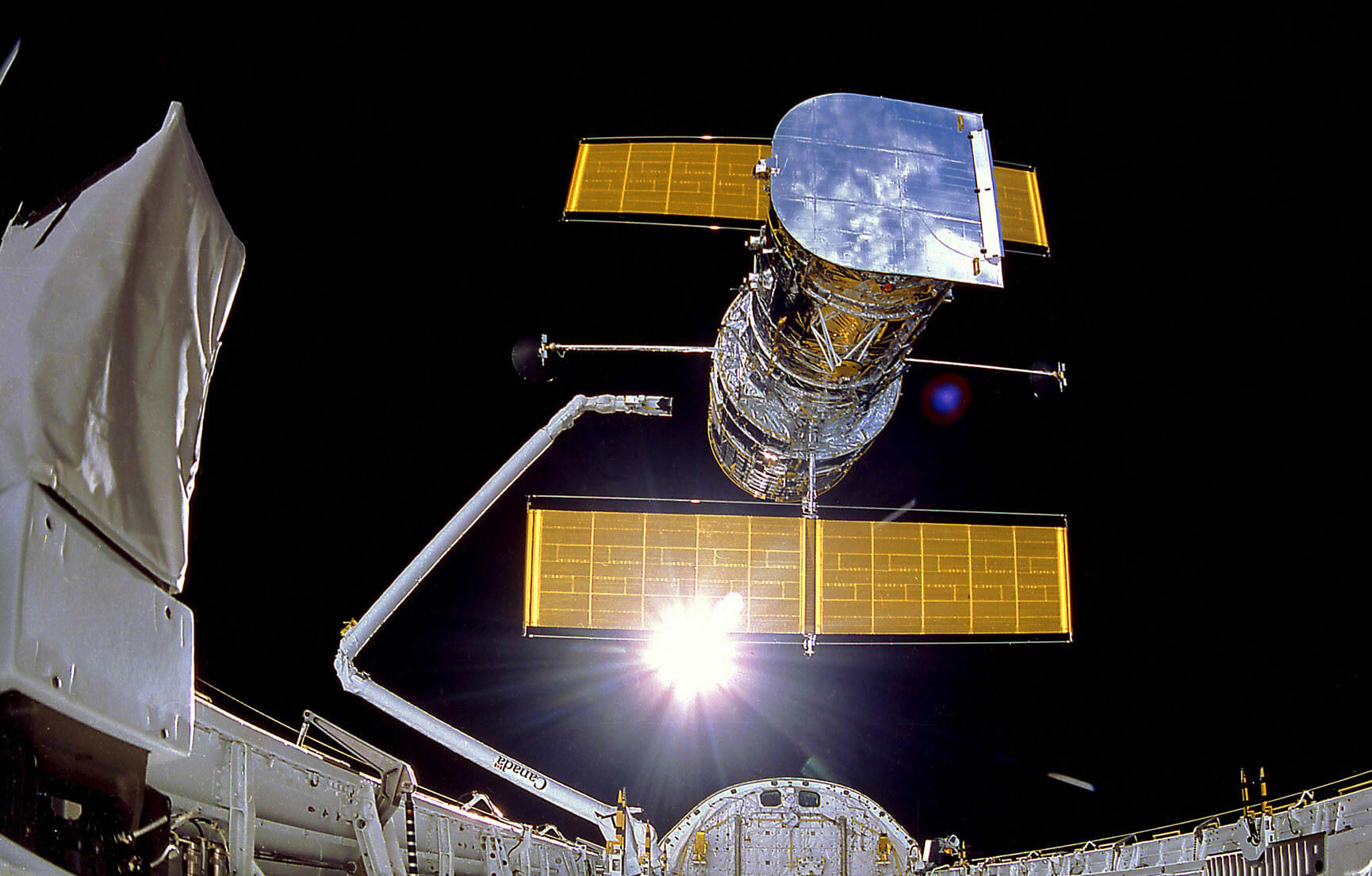
For over thirty years, the Hubble Space Telescope has been in continuous operation in Low Earth Orbit (LEO) and revealing never-before-seen aspects of the Universe. In addition to capturing breathtaking images of our Solar System and discovering extrasolar planets, Hubble also probed the deepest reaches of time and space, causing astrophysicists to revise many of their previously-held theories about the cosmos.
Unfortunately, Hubble may finally be reaching the end of its lifespan. In recent weeks, NASA identified a problem with the telescope’s payload computer which suddenly stopped working. This caused Hubble and all of its scientific instruments to go into safe mode and shut down. After many days of tests and checks, technicians at the NASA Goddard Space Flight Center have yet to identify the root of the problem and get Hubble back online.
Continue reading “There’s a Problem With Hubble, and NASA Hasn’t Been Able to fix it yet”Is the Hubble constant not…Constant?

Cosmologists have been struggling to understand an apparent tension in their measurements of the present-day expansion rate of the universe, known as the Hubble constant. Observations of the early cosmos – mostly the cosmic microwave background – point to a significantly lower Hubble constant than the value obtained through observations of the late universe, primarily from supernovae. A team of astronomers have dug into the data to find that one possible way to relieve this tension is to allow for the Hubble constant to paradoxically evolve with time. This result could point to either new physics…or just a misunderstanding of the data.
“The point is that there seems to be a tension between the larger values for late universe observations and lower values for early universe observation,” said Enrico Rinaldi, a research fellow in the University of Michigan Department of Physics and coauthor on the study. “The question we asked in this paper is: What if the Hubble constant is not constant? What if it actually changes?”
Continue reading “Is the Hubble constant not…Constant?”Black Hole-Neutron Star Collisions Could Finally Settle the Different Measurements Over the Expansion Rate of the Universe
If you’ve been following developments in astronomy over the last few years, you may have heard about the so-called “crisis in cosmology,” which has astronomers wondering whether there might be something wrong with our current understanding of the Universe. This crisis revolves around the rate at which the Universe expands: measurements of the expansion rate in the present Universe don’t line up with measurements of the expansion rate during the early Universe. With no indication for why these measurements might disagree, astronomers are at a loss to explain the disparity.
The first step in solving this mystery is to try out new methods of measuring the expansion rate. In a paper published last week, researchers at University College London (UCL) suggested that we might be able to create a new, independent measure of the expansion rate of the Universe by observing black hole-neutron star collisions.
Continue reading “Black Hole-Neutron Star Collisions Could Finally Settle the Different Measurements Over the Expansion Rate of the Universe”
